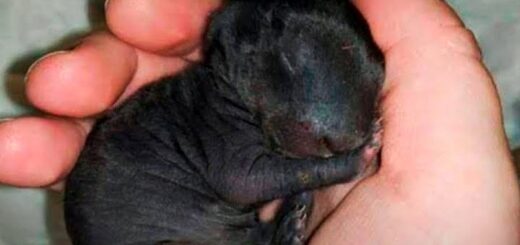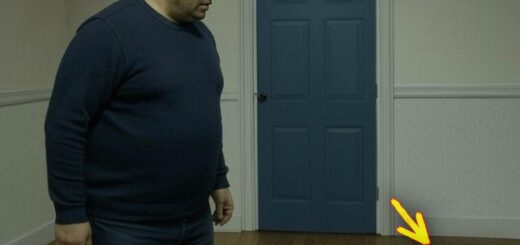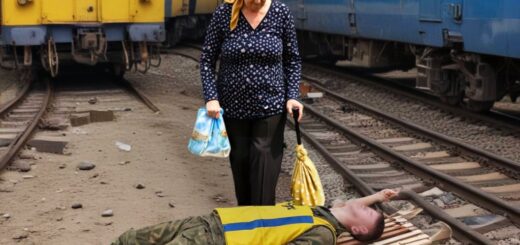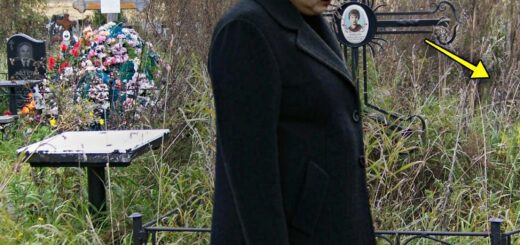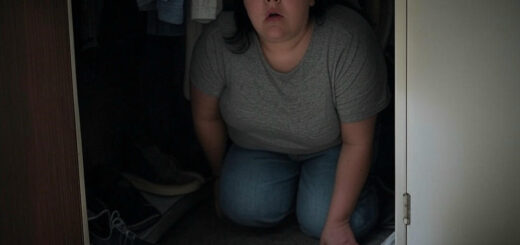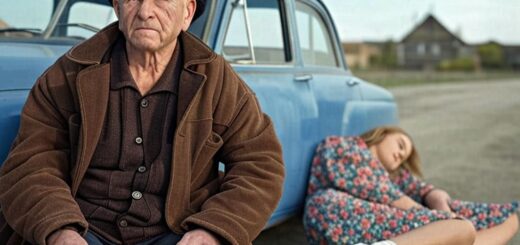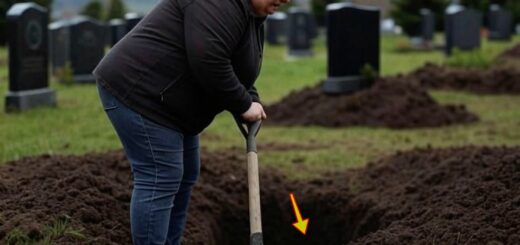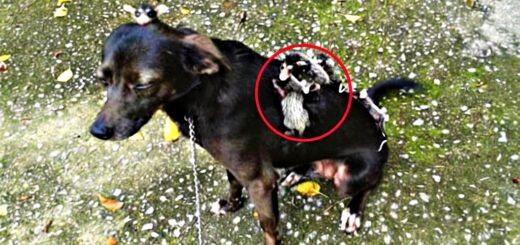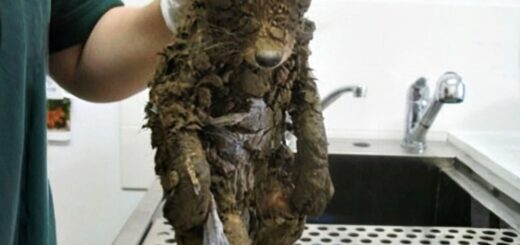Three ladies snap a picture together. A century later, researchers take a closer look and are totally blown away
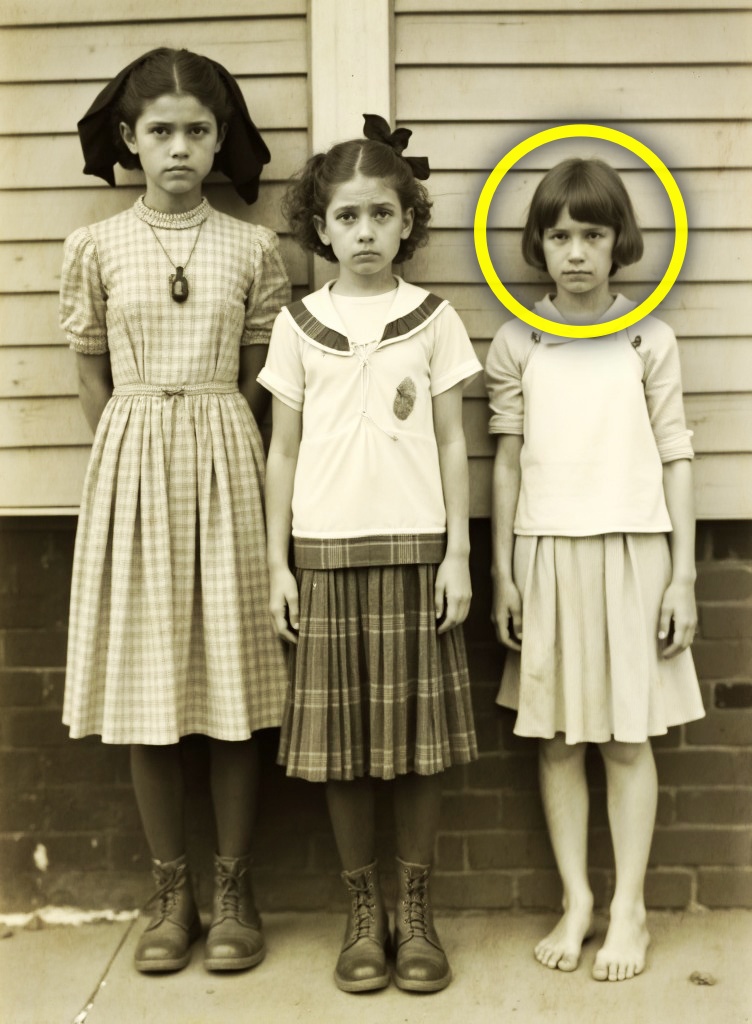
Three young women stood in front of a mill and posed for a photo in 1912, not thinking much of it. But 100 years later, scientists zoomed in and found a shocking detail that left them stunned. The Porte Mill hummed with the deafening clatter of machinery, the air thick with cotton lint that drifted in the air of the poorly ventilated room.
Pearl Turner adjusted her dress and straightened her back. The photographer had asked them to step outside for just a moment. Hurry up, Pearly, her older sister Viola urged, smoothing down her own simple dress.
Mr. Himmel said we can’t be away from our stations for more than a few minutes. I’m coming, Pearl replied, trying not to cough as they stepped into the rare fresh air. At nine years old, though she would turn ten in just a couple of months, Pearl had already spent three years working in the mill, her small fingers quickly learning the dangerous technique required to operate the spinning machine.
The man with the camera, Thomas Himmel, positioned the girls before the accounting office of the mill. Pearl stood to the left, her dark eyes revealing a maturity far beyond her years with an expression somber yet dignified. Viola, 14 and already showing signs of fatigue that seemed to seep from her very bones, stood on the right.
Between them was Penelope, a 12-year-old neighbor girl who worked on the same floor. Stand still now, Mr. Himmel instructed, disappearing beneath the black cloth draped over his camera. A moment later, there was a flash, and the girls’ images were captured forever.
Three young and rigid faces framed before the haunting workplace that consumed their childhood hours. None of them could have known that this single photograph would survive more than a century, and upon its re-entry into the world, would reveal something scientifically shocking. Pearl cast one last glance at the man with the camera before following her sister back into the mill, filled with relentless noise and floating lint that would have mind-numbing consequences in the near future.
Over a century later, Professor Sonia Abernathy looked up from her computer to see her research assistant Marcus, standing in her doorway, holding a manila folder with a look of excitement on his face. What have you found? She asked, removing her reading glasses. Marcus approached her desk and opened the folder.
It’s from the Thomas Himmel collection we’ve been digitizing. This photograph is from 1912, Three Mill Girls in Gastonia. Sonia studied the image, three young girls with rigid expressions, standing before what appeared to be an office of some sort.
What about it? We’ve seen hundreds of Himmel’s child labor photographs. Look at this one. Marcus pointed to the girl on the left.
According to Himmel’s notes, this is Pearl Turner, not quite 10 years old, who had already been working in the mill for three years. But that’s not the extraordinary part. He flipped to another document.
I found her obituary. She lived until 1964. That’s unusual for mill workers of that era, especially those who started so young.
And there’s more. We have records of interviews with her children from 2006 and 2007. Sonia leaned forward.
Her interest peaked. Professor by day and archivist in her free time, she led a life organizing details from the past for research and leisure. Recently, she embarked on a trip down a time in history where child labor was more prominent…

